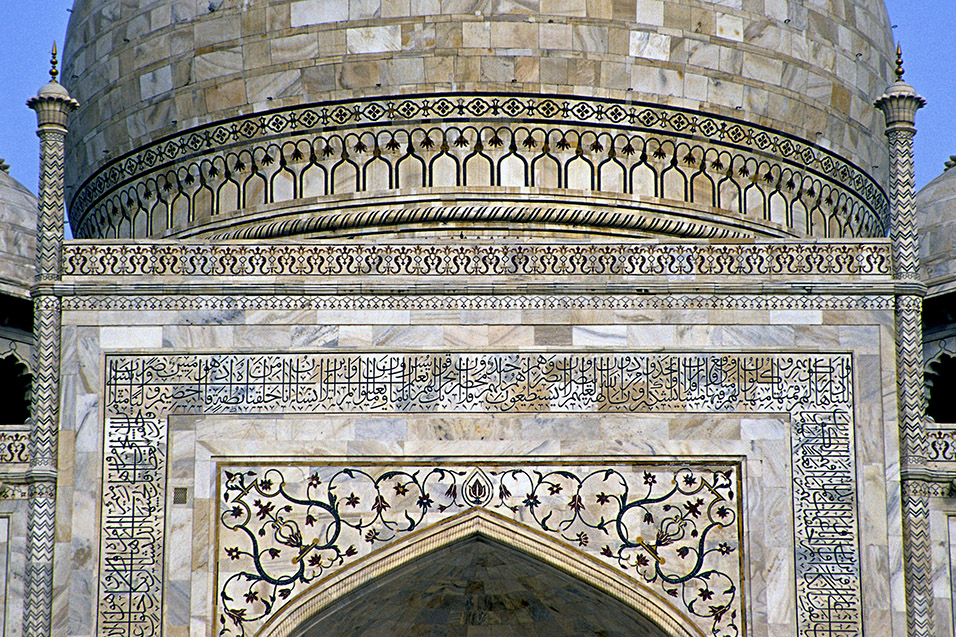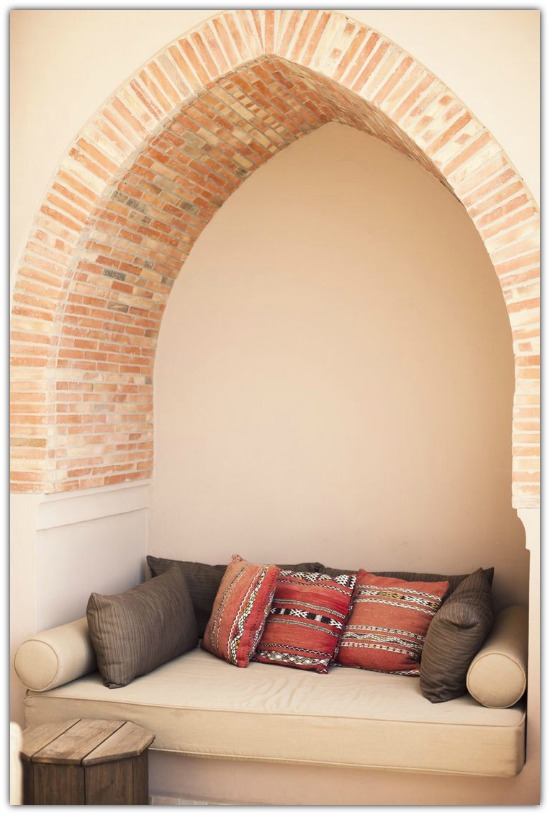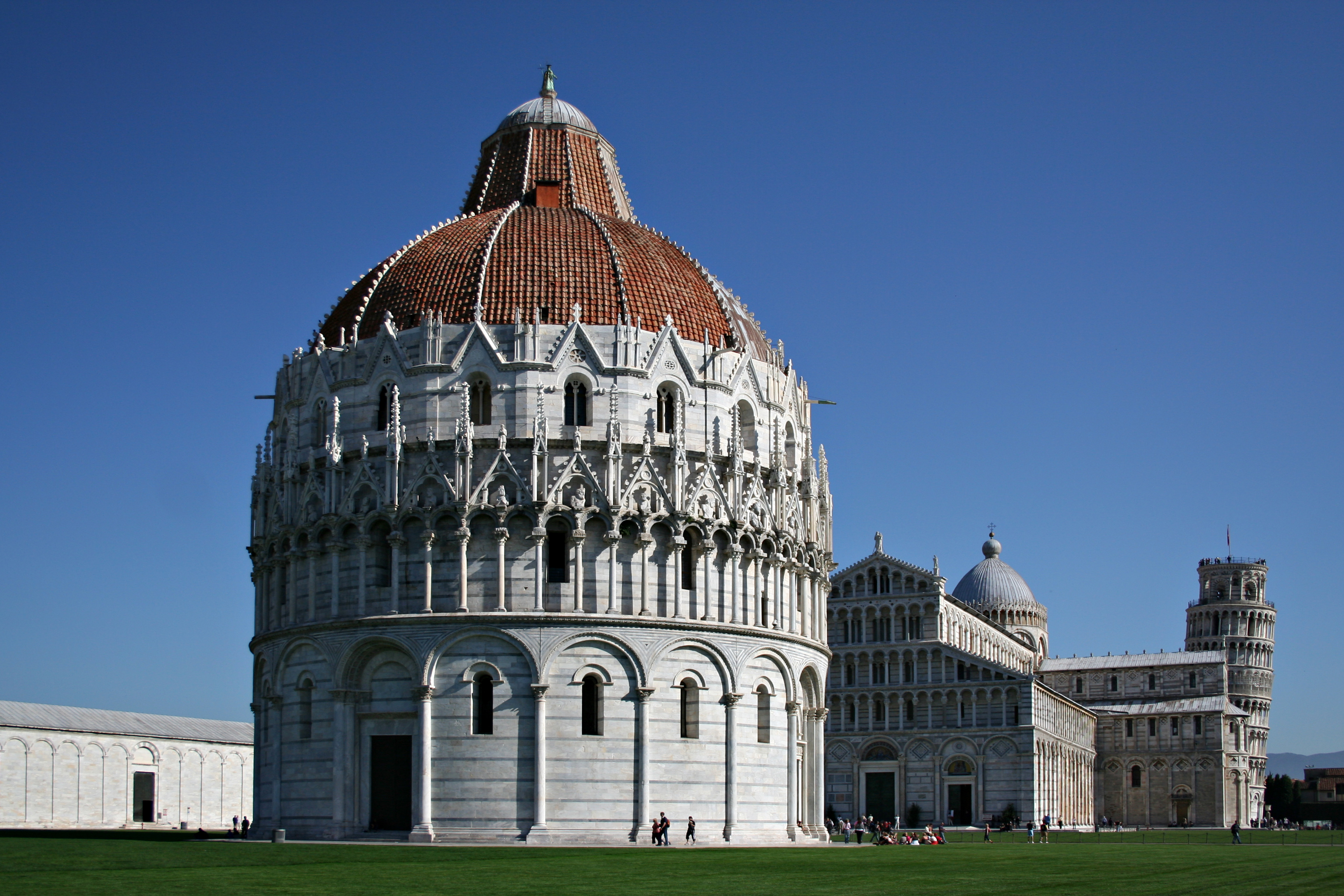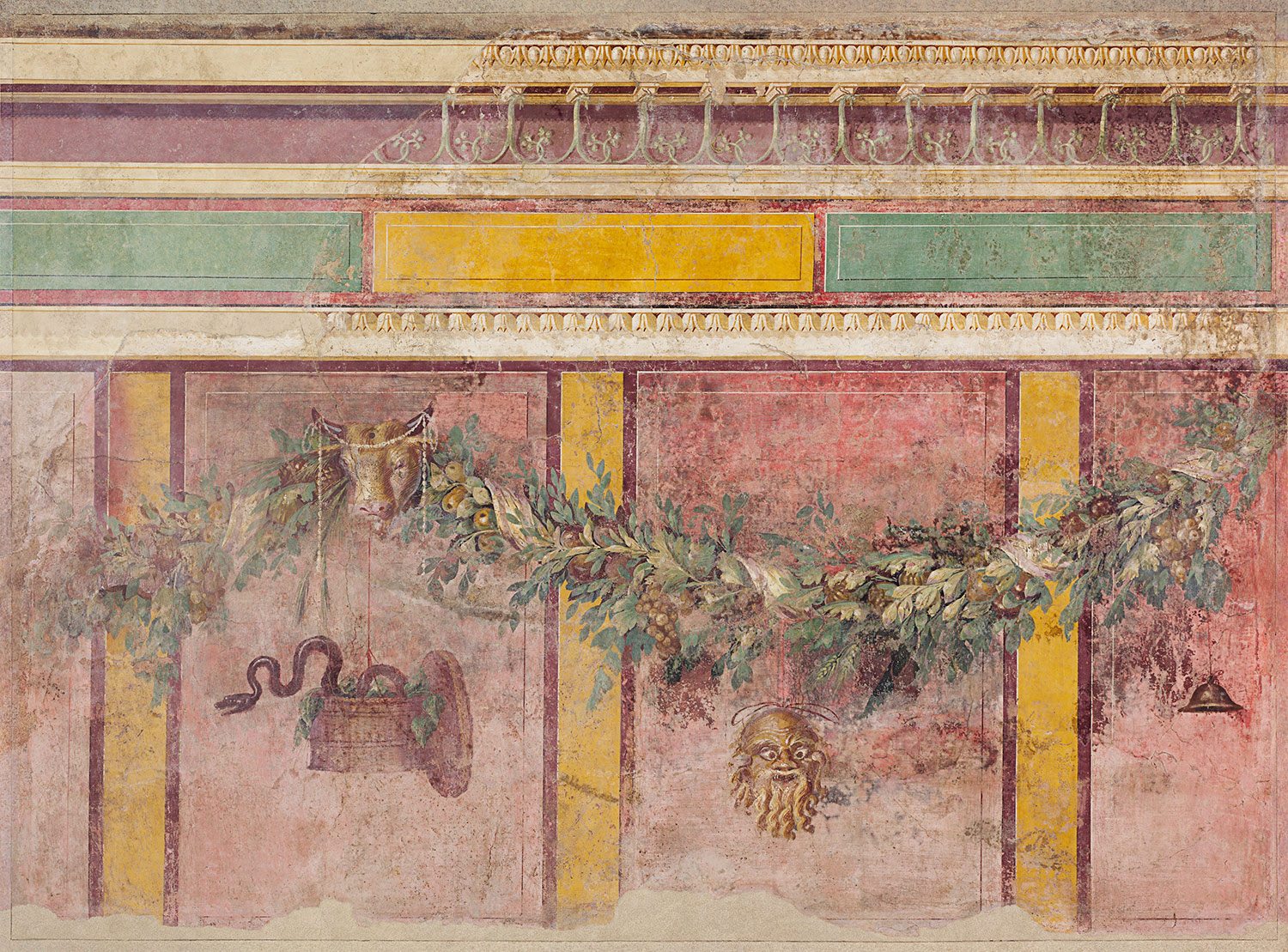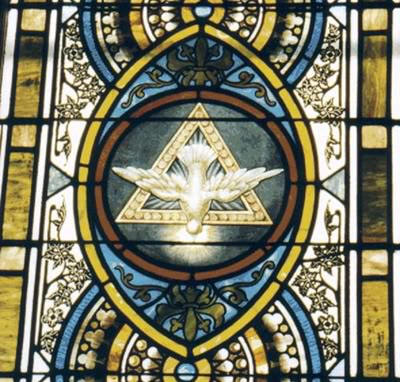The Gothic period, I find is one of the most influential and most important era for its unique taste in architecture, design, and dark elements. From the style of arches to the new form of vaulted ceilings, the Gothic era brought a new touch to European design.
Some important aspects of the Gothic design include: pointed arches, ribbed vaulted ceilings, and flying buttress. Along with those Gothic elements, the use of rose shaped stain-glass windows was frequently used in Gothis architecture and design.
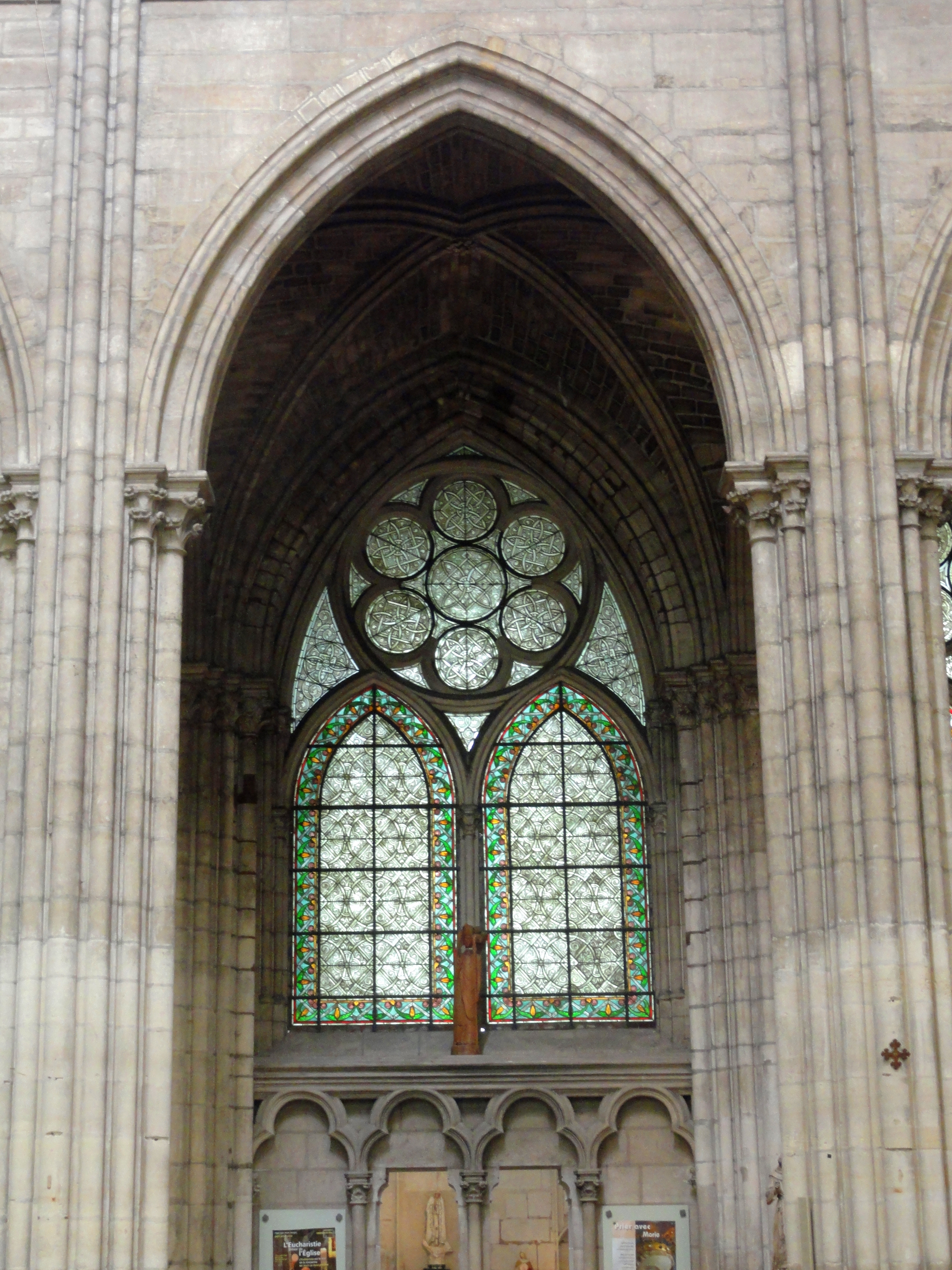
Above is an example of the pointed arch. Instead of curved arch from previous eras.

Above is an image of the flying buttress design of the Gothic era.

Above is an example of the ribbed vaulted ceiling. It comes to a point at the top.

Lastly, above is an example of the rose shaped glass that was commonly used in Gothis design.
One of my favorite structures and one of the most classic churches of the Gothic period is the Notre Dame at Paris. This structure is very grand from the inside and out. It displays arches, the flying buttress, ribbed vaulted ceilings, and rose stained-glass windows. Below are images of the exterior and interior of the Notre Dame.
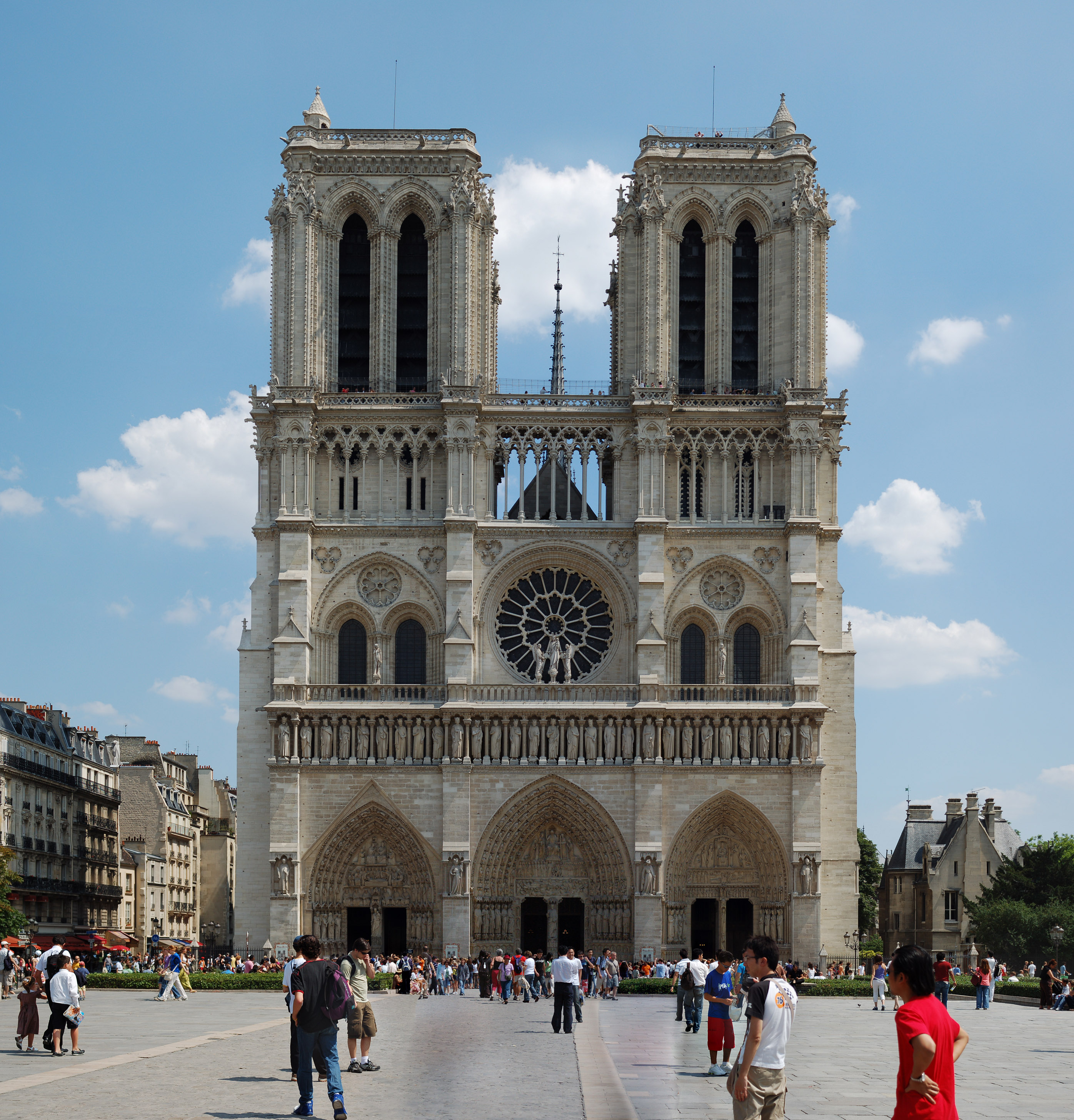

As for modern day, Gothic style is commly used. The Gothic style had made it's footprint on modern design and made way for modern architecture today. Below are some examples of current applications of Gothic style.


For the Gothic period, I viewed Samantha and Natalie's blogs. Both made very intersting points in their blogs and discussed the many aspects of the era. Samantha discussed the weightlessness that the pointed arches brought, as in they no longer pushed outward for support. She also displayed how the Eiffel Tower was a great example of Gothic deisgn. In a different approach, Natalie discussed a cathedral that she had previously visited in Siena, Italy. She showed pictures of the arches, columns, and painted walls that were displayed within the cathedral. Both posts discussed very interesting topics and displayed ideas that I didn't think of covering.
References

